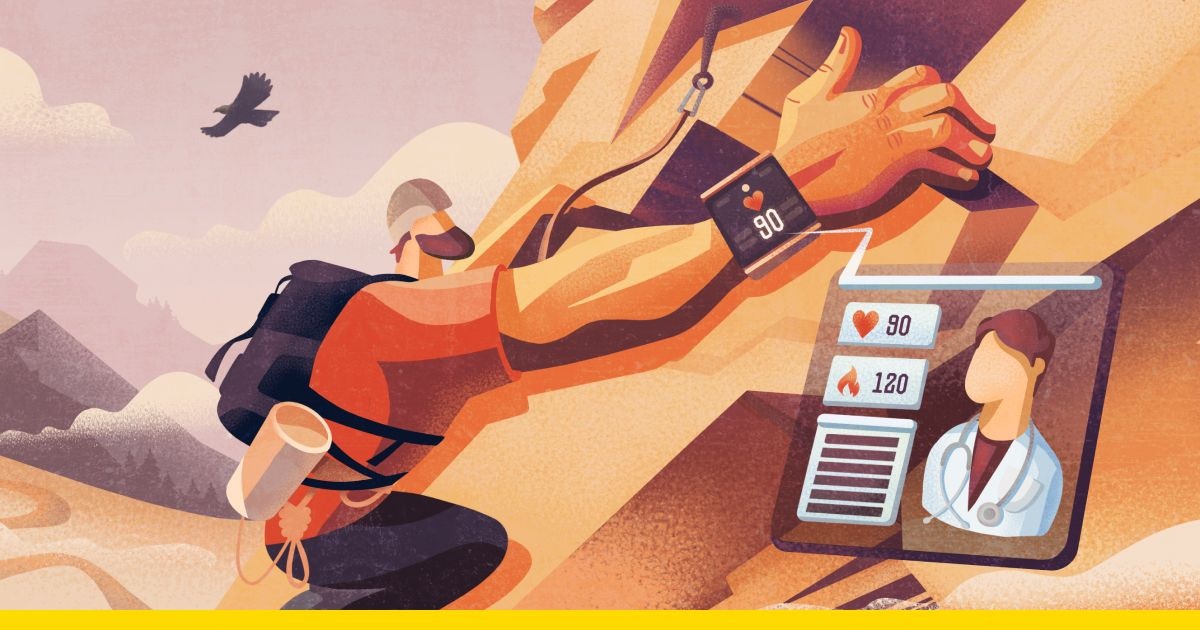397 reads
As Healthcare App Popularity Rises, Organizations Need to Focus on New Software
Too Long; Didn't Read
During the first two quarters of 2020, there were over 1.2 billion downloads of health and fitness apps. One in five Americans controls their health with the help of fitness trackers or apps. Health apps are most frequently used in China (65%), India (63%), and Indonesia (57%) The Japanese (12%) and Europeans (22-40%) turn to mHealth less often. There are at least 10 types of healthcare software that the medical industry can use. Insider Intelligence predicts the global RPM systems market will be worth over $1.7 billion by 2027.Software Development Company
L O A D I N G
. . . comments & more!
. . . comments & more!


